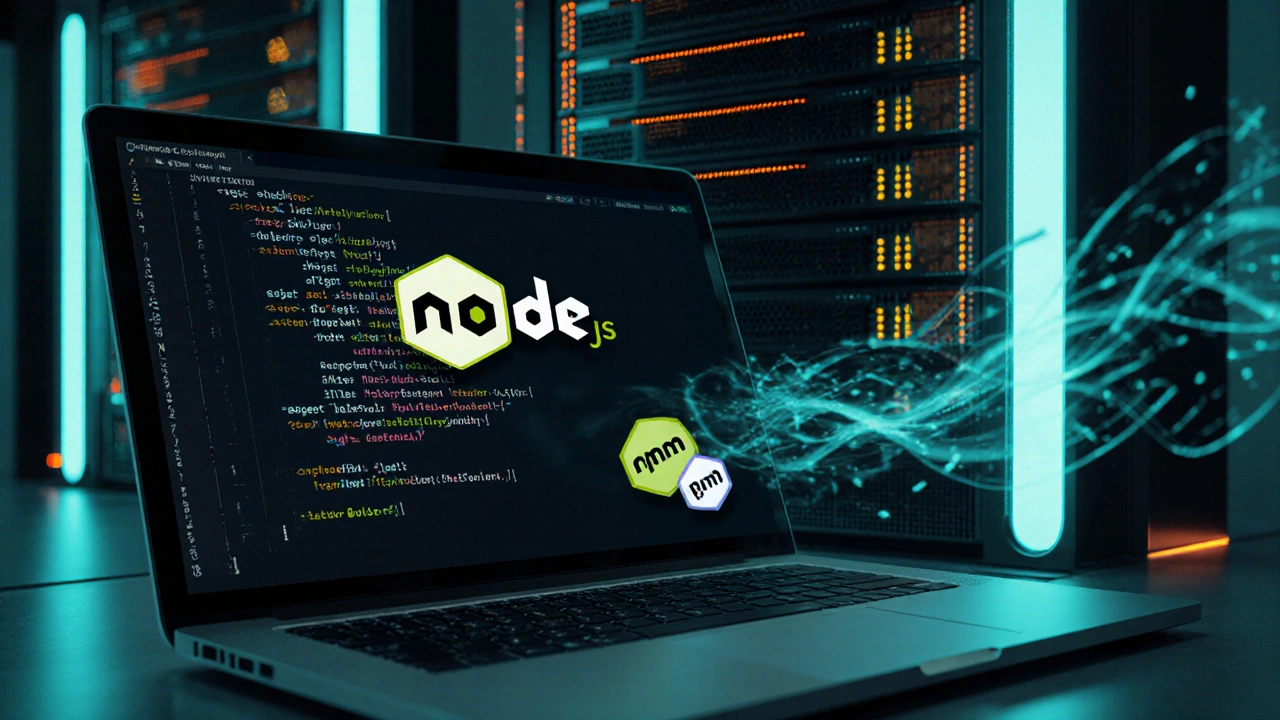Full Stack Development
When working with Full Stack Development, the approach of creating both client‑side and server‑side components of a web application. Also known as full‑stack engineering, it lets a single developer or team handle the complete digital product lifecycle. Frontend Development focuses on what users see and interact with in the browser and Backend Development handles data storage, business logic, and server communication are the two pillars that full stack builds on. In simple terms, full stack development encompasses both frontend and backend work, requires a solid grasp of JavaScript the language that runs in browsers and on many servers, and often leverages runtimes like Node.js a JavaScript environment for building scalable server‑side applications. That combination means a full‑stack engineer can design a responsive UI, connect it to APIs, and manage databases without swapping teams. The result is faster iteration, tighter product cohesion, and a clearer career path for developers who enjoy both visual design and system architecture. Because the same language can be used on both sides, debugging becomes less fragmented, and knowledge sharing across the team improves. Over the past few years, the rise of headless CMSs and JAMstack sites has pushed full‑stack skills into even more niche areas, yet the core idea stays the same: deliver a complete web experience from a single codebase.
Why Full Stack Skills Matter in 2025
Employers today view full stack expertise as a shortcut to agility. A developer who can prototype a feature from UI mockup all the way to a deployed service shortens the feedback loop, which is crucial for startups and fast‑moving enterprises. Salary surveys from 2024‑2025 show a premium of 15‑20 % for engineers who can switch between client code and server code, especially when they add container tools like Docker or cloud platforms such as AWS to their toolkit. Moreover, the demand isn’t limited to a single language; while JavaScript remains the backbone, many teams pair it with Python, Go, or even Rust for specific micro‑services. Understanding RESTful APIs, GraphQL, and modern authentication flows empowers full‑stack developers to build secure, scalable products that adapt to new business requirements without a massive hand‑off. Companies also appreciate the cost savings of a smaller, more versatile team, and they often promote full‑stack talent to lead cross‑functional squads. As remote work becomes the norm, the ability to manage end‑to‑end projects from a home office adds another layer of appeal. Recent hiring data from major tech hubs shows that full‑stack roles consistently rank among the top three most advertised positions, reflecting a market that values breadth without sacrificing depth.
The articles below form a curated library that walks you through the exact topics we’ve highlighted. You’ll find step‑by‑step guides on making any site automatically responsive, deep dives into the demand for full‑stack developers in 2025, side‑by‑side comparisons of backend languages like Python vs Node.js, and realistic salary breakdowns for developers without a formal degree. Whether you’re just starting out, polishing a portfolio, or planning a strategic career move, this collection gives you concrete tools, up‑to‑date market insights, and actionable advice to stay ahead in the ever‑evolving world of full stack development.
Node.js: Frontend or Backend? What You Need to Know
- Jaxon Millwater
- Full Stack Development
- 0 comment
Explore whether Node.js belongs to front‑end or back‑end development, learn its core role, and discover when to use it for APIs, build tools, or server‑side rendering.
VIEW MOREDoes Full Stack Development Need Math?
- Jaxon Millwater
- Full Stack Development
- 0 comment
Full stack developers juggle multiple skills, from front-end magic to back-end wizardry. But does math play a crucial role? While not the main focus, some mathematical concepts sneak into the job, enhancing problem-solving skills and software design. Explore how math connects to web development and whether sharpening your math skills can make a difference.
VIEW MORECategories
- Responsive Web Design (14)
- Tech Careers (13)
- UX UI Design (12)
- PHP Development (11)
- Web Development Courses (11)
- SEO for Web Developers (11)
- JavaScript (9)
- Ecommerce Websites (9)
- Web Development Frameworks (8)
- Full Stack Development (8)
Popular posts
-
Is Django Just Python? Cutting Through the Hype
Jaxon Millwater -
Best Language for Responsive Web Design: HTML, CSS or JavaScript?
Jaxon Millwater -
Why PHP Is Falling Out of Favor in Modern Web Development
Jaxon Millwater -
Top Platforms for SEO: A Developer's Guide to Optimize Web Performance
Jaxon Millwater -
Is Java Back-End? Demystifying Its True Role in Web Development
Jaxon Millwater

